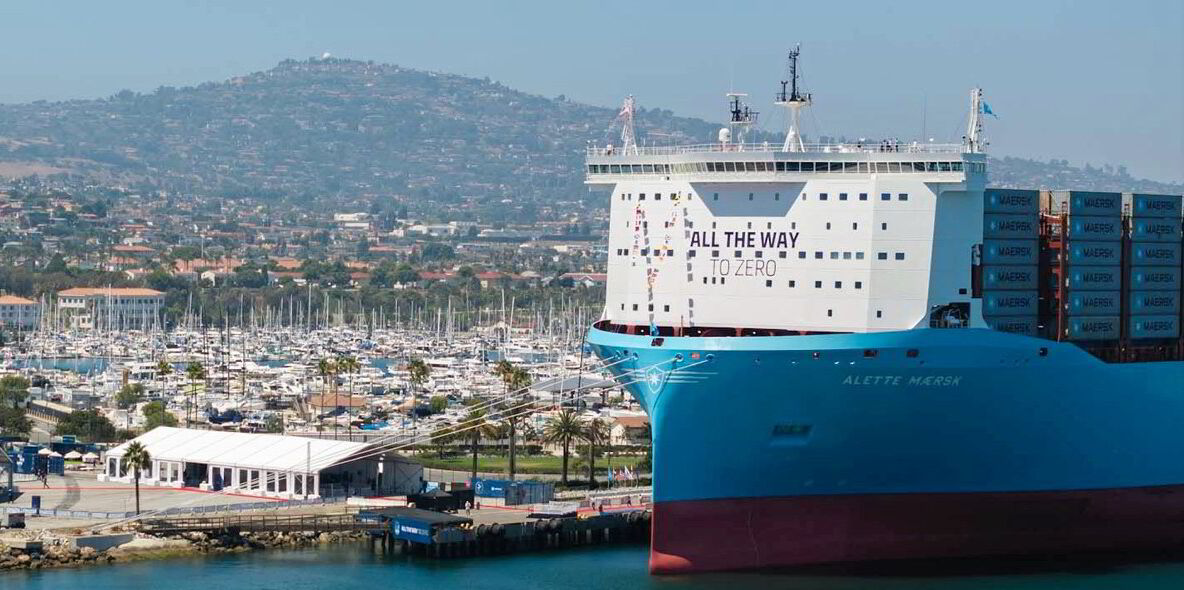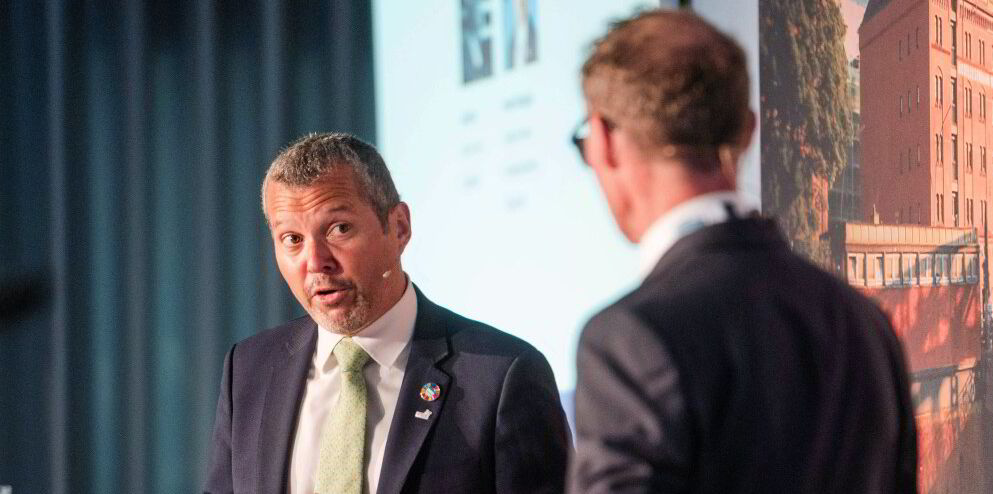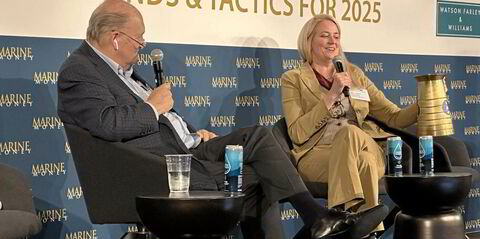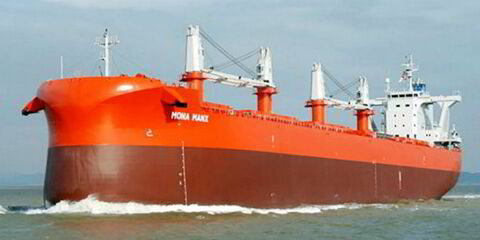Some container ship operators have focused on biofuels, some have focused on methanol and others have stuck with LNG, although many are now taking more than one tack.
But there seems to be one thing the liner operators agree on: a proposed regulation known as the Green Balance Mechanism, which would provide cash to shipowners that adopt green fuels and levy a fee on those that use fossil fuels.
It is one of the many options on the table as the International Maritime Organization works to decide what policy tools will be adopted to push the industry towards a goal of net zero by around 2050.
The website of the World Shipping Council, which developed the mechanism, shows 13 C-suite executives voicing their approval of the proposal. All but one are container ship operators. (Lasse Kristoffersen, CEO of car carrier operator Wallenius Wilhelmsen, was the lone outlier.)
AP Moller-Maersk chief executive Vincent Clerc and Evergreen Line chief executive KH Wu have taken to LinkedIn to support it.
Finding alignment?
Simon Bergulf, Maersk’s group representative for public & regulatory affairs, told Green Seas that the World Shipping Council had been working on the proposal for years.
But the former chair of the industry group’s environment & climate council said it was not difficult for its members to come to an agreement.
“The image that you may have from the outside is, of course, that we are fierce competitors, which is absolutely true,” he said. “But everyone inside that working group, we all agreed on the end objective, so there was no disagreement on where we need to go.”
Three key economic levers to push decarbonisation are: putting a high price on fossil fuels; subsidising green fuels; and a feebate system that combines both by cross-subsidising green fuels with fees from fossil fuel use.
How it works
Bryan Wood-Thomas, vice president for environmental policy at the World Shipping Council, explained that the Green Balance Mechanism is meant to fill the need for an economic measure at the IMO that works alongside what are expected to be tightening global carbon intensity rules.
Getting to the IMO’s target will require shipping to move to fuels with deeper greenhouse gas reductions, but they can be three to four times more expensive.

“We need to create an environment where investment and production of those fuels can be done by energy providers with confidence,” he said.
Wood-Thomas said it is not sustainable for one shipping company to pay, for example, $2,000 more per tonne to use green fuels compared with a competitor using fossil fuels.
The Green Balance Mechanism is designed to level the playing field.
Under the proposed rule, shipowners using fuels that result in a minimum 60% emissions reductions are allocated funds collected from those that use fossil fuels. Wood-Thomas said the mechanism adjusts the fee for shipowners that use fossil fuels so that it is set at the lowest possible level to achieve the right balance.
The mechanism also channels another basket of the collected funds to spend on things such as climate change mitigation.
How it stands out
One key difference of the Green Balance Mechanism compared with the other proposals out there is proportionality.
“The more you pollute, the more you’re going to pay,” Bergulf said. “The greener you sail, the more you’re going to get.”
The other difference is that, unlike other feebate policies being proposed, the mechanism seeks to close the price gap between green fuels and fossil fuels, rather than just narrowing it.
Proponents of the measure believe the price gap needs to be closed as soon as possible, and Wood-Thomas said it is important to ensure that the cost difference between green and fossil fuels is close to being fully bridged.
“It doesn’t need to be exact, but it needs to be close, otherwise it doesn’t change behaviour,” he said. “You can’t expect ocean carriers to use a fuel that would be economic suicide.”





